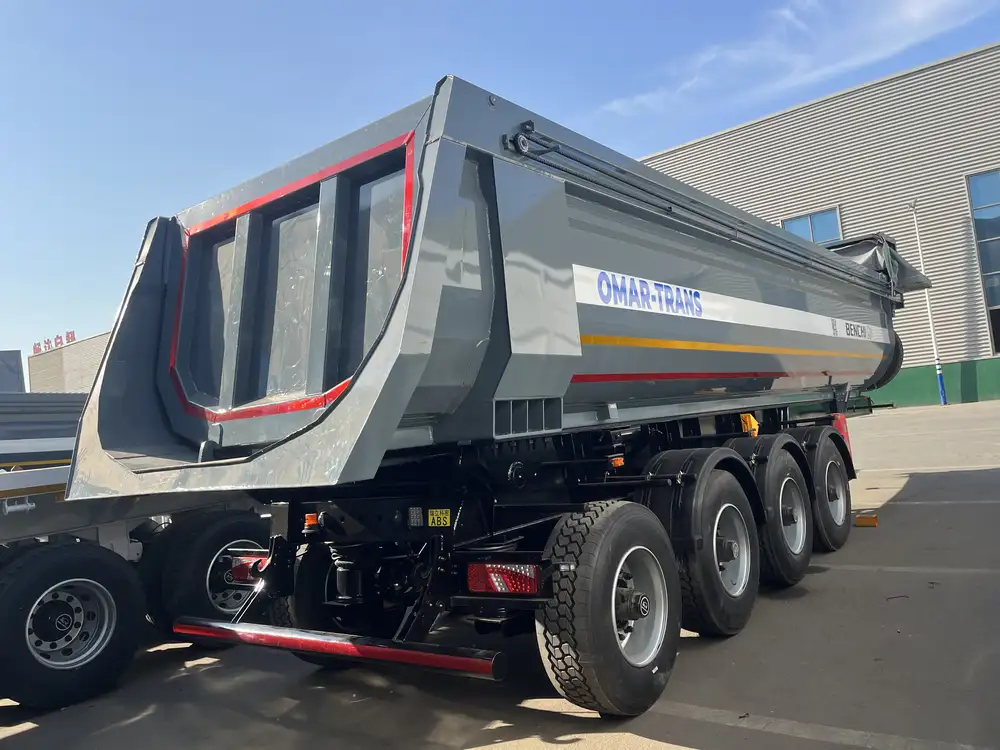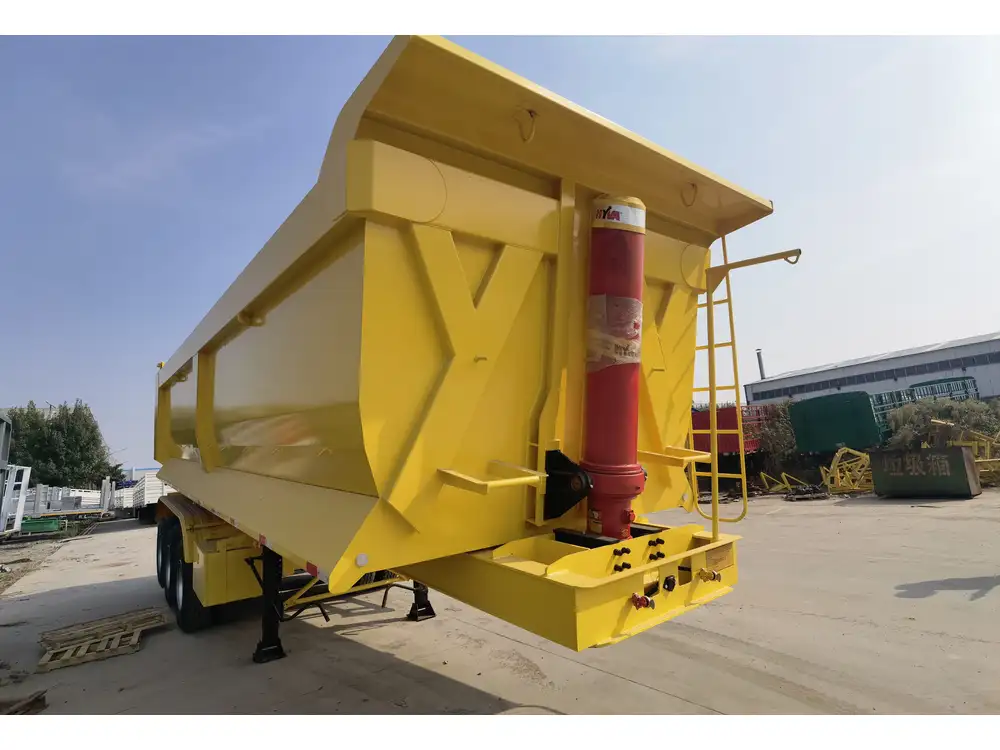Draining the gas tank of your 2007 Chevy TrailBlazer may seem daunting, but with the right knowledge and tools, you can perform this task efficiently and effectively. This guide breaks down the entire process into manageable steps, ensuring safety and precision throughout. Whether you’re performing maintenance, replacing fuel pumps, or upgrading your vehicle, knowing how to properly drain the gas tank is essential.
Understanding the Importance of Draining the Gas Tank
Before diving into the how-to mechanics, it’s crucial to understand why one would need to drain the gas tank. Common scenarios include:
- Fuel pump replacement: Removing the gas tank allows easy access to the fuel pump.
- Tank cleaning: Old fuel can leave deposits, necessitating a thorough cleaning.
- Fuel line repairs: Replacing or repairing fuel lines often requires an empty tank.
This understanding lays the groundwork for your project, and awareness of possible issues will make the process smoother.
Safety Precautions: Before You Begin
- Work in a Well-Ventilated Area: Fumes from gasoline can be toxic. Ensure adequate ventilation.
- Fire Extinguisher on Standby: Have a fire extinguisher rated for flammable liquids nearby.
- Personal Protective Equipment (PPE): Wear gloves and goggles to protect against spills.
- Disconnect the Battery: Prevent electrical sparks by disconnecting the negative terminal of the battery.

Tools and Materials Needed
Having the correct tools can streamline the draining process:
| Tool/Material | Purpose |
|---|---|
| Wrench/Sockets | To remove bolts holding the gas tank in place |
| Fuel line disconnect tool | To safely detach fuel lines |
| Gas canister | For collecting drained fuel |
| Funnel | To pour fuel cleanly into the gas canister |
| Ratchet and socket set | For removing bolts and fasteners |
| Screwdriver | To remove any covers or panels |
| Pliers | For gripping and pulling hoses or connections |
Step-by-Step Process to Drain the Gas Tank
Now that we’ve laid out the groundwork, let’s dive into the step-by-step procedure for draining the gas tank of your 2007 Chevy TrailBlazer.
Step 1: Prepare the Vehicle
- Park on a Level Surface: Ensure your vehicle is parked on a flat, stable area to safely drain the gas tank.
- Raise the Vehicle: Use jack stands to safely elevate the rear of the vehicle, allowing better access to the tank.
- Open the Gas Cap: This relieves pressure in the tank, preventing splashes and spills.

Step 2: Access the Fuel Tank
- Locate the Fuel Tank: Under the rear of your TrailBlazer, you’ll find the fuel tank. Familiarize yourself with its location.
- Remove the Skid Plate (if equipped): Some models have a skid plate that may need to be removed using a wrench or socket.
Step 3: Disconnect the Fuel Lines
- Attach Fuel Line Disconnect Tool: Slide the disconnect tool onto the fuel line to separate it from the fuel tank. This tool facilitates easy removal without damage.
- Cap or Plug the Fuel Lines: To prevent gasoline leakages, cap or plug the fuel lines as they are disconnected. This mitigates environmental impact and personal safety hazards.
Step 4: Drain the Fuel from the Tank
Select Your Draining Method: You can drain fuel by either removing the entire tank or using a siphoning method.
- Method A: Siphoning
- Insert a siphoning hose into the gas tank while ensuring it reaches the bottom.
- Suck on the opposite end of the hose until fuel flows into your gas canister.
- Method B: Removing the Tank
- Use a wrench to remove the bolts from the straps holding the tank.
- Carefully lower the tank.
- Wait for the remaining fuel to drain into the canister.
Note: If using a siphon, ensure you have a clean hose to avoid contaminating the fuel.
- Method A: Siphoning

Step 5: Clean the Fuel Tank (Optional)
If you’re intending to reuse the tank:
- Inspect the Tank: Check for rust, debris, or old fuel residues.
- Clean the Interior: Using a cleaning solution specifically for fuel systems, thoroughly clean the interior of the tank. Rinse, if necessary, then let it dry completely.
Step 6: Reinstall the Tank
- Reattach the Fuel Lines: Ensure all lines are securely connected. Avoid cross-threading any connections.
- Raise the Tank: Carefully lift the tank back into position and secure it with the straps.
- Reinstall the Skid Plate: If your model has a skid plate, reattach it now.
Step 7: Final Checks and Testing
- Reconnect the Battery: Restore power by reconnecting the negative terminal.
- Check for Leaks: Before starting the vehicle, double-check all connections for any signs of leaks.
- Start the Engine: Turn on the ignition and listen for unusual noises. If everything seems in order, take the vehicle for a short drive to ensure proper operation.

Troubleshooting Common Problems
Even with thorough preparation, some issues may arise during the draining process. Here’s a list of common problems and their solutions:
| Problem | Solution |
|---|---|
| Fuel won’t siphon | Ensure hose is properly placed; check for kinks. |
| Fuel line won’t disconnect | Re-examine the disconnect tool placement, apply more force. |
| Weak fuel pump after installation | Double-check all connections and lines for leaks. |
| Fuel spills during removal | Use absorbent pads to catch spills; work slowly. |
Conclusion
Draining the gas tank of your 2007 Chevy TrailBlazer is a straightforward task when approached methodically. Adhering strictly to safety precautions, preparing adequately, and following this comprehensive guide ensures not only efficiency but also the safety and longevity of your vehicle. Always remember that proper handling of fuel is critical to preventing accidents and ensuring a cleaner environment.
Equipped with the right tools, knowledge, and strategies, you can handle this task with confidence, whether for routine maintenance or more significant repairs. By maintaining your fuel tank properly, you not only enhance your vehicle’s performance but also extend its lifespan. Should you have further questions or require assistance, please consult a professional or refer to the vehicle’s manual for detailed information tailored to your specific model.



